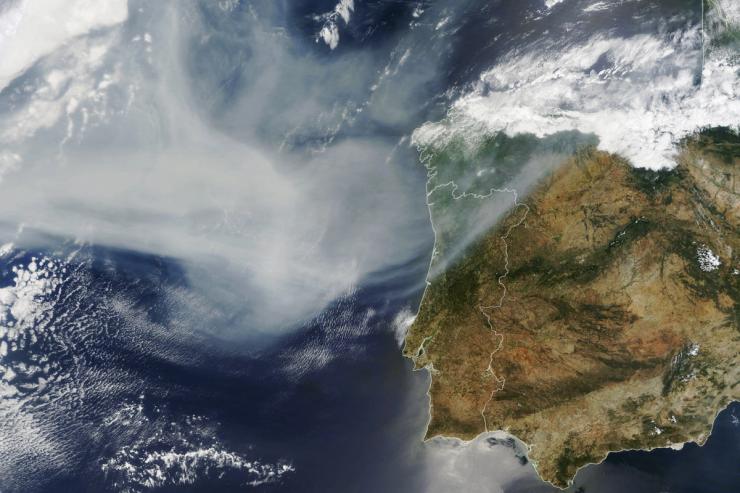The News
Smoke from the Canadian wildfires has traveled over the Atlantic Ocean and reached parts of Western Europe, the EU’s Copernicus Atmosphere Monitoring Service said Tuesday.
The smoke blanketed much of the eastern United States earlier this month, and is continuing to impact parts of the U.S., leading to orange skies and unhealthy air.
We’ve curated insightful analysis from experts on the latest developments on the Canadian wildfires.
The Insights
- In Europe, the smoke has reached a high altitude and is not expected to have a big impact on surface air quality, according to Copernicus. But it could lead to hazy, red-orange skies, Politico Europe reported, while the UK Met Office said residents could enjoy “some vivid sunrises and sunsets.”
- Meanwhile, the smoke from the wildfires continues to plague the U.S., with Chicago recording the worst air quality in the world on Tuesday. Over the next few days, the smoke could move eastward into the Mid-Atlantic and Northeast, according to Ian Livingston, writer and forecaster for The Washington Post’s Capital Weather Gang.
- Canada has officially experienced its worst fire season on record, with over 18.6 million acres burned across the country this year. It came as a surprise that the wildfires affected the U.S. so badly, Alice C. Hill and Tess Turner write in Council on Foreign Relations, and “more surprises will follow.” They say that “when it comes to wildfires, communities and homeowners should prepare for bigger and more intense conflagrations, including those across U.S. borders.”
- Within Canada, the wildfires are affecting the live music industry, including outdoor music festivals, The Globe and Mail reported. As a result, artists are taking on the issue of climate change by talking about it to fans and trying to lower their own carbon footprints.
AD


